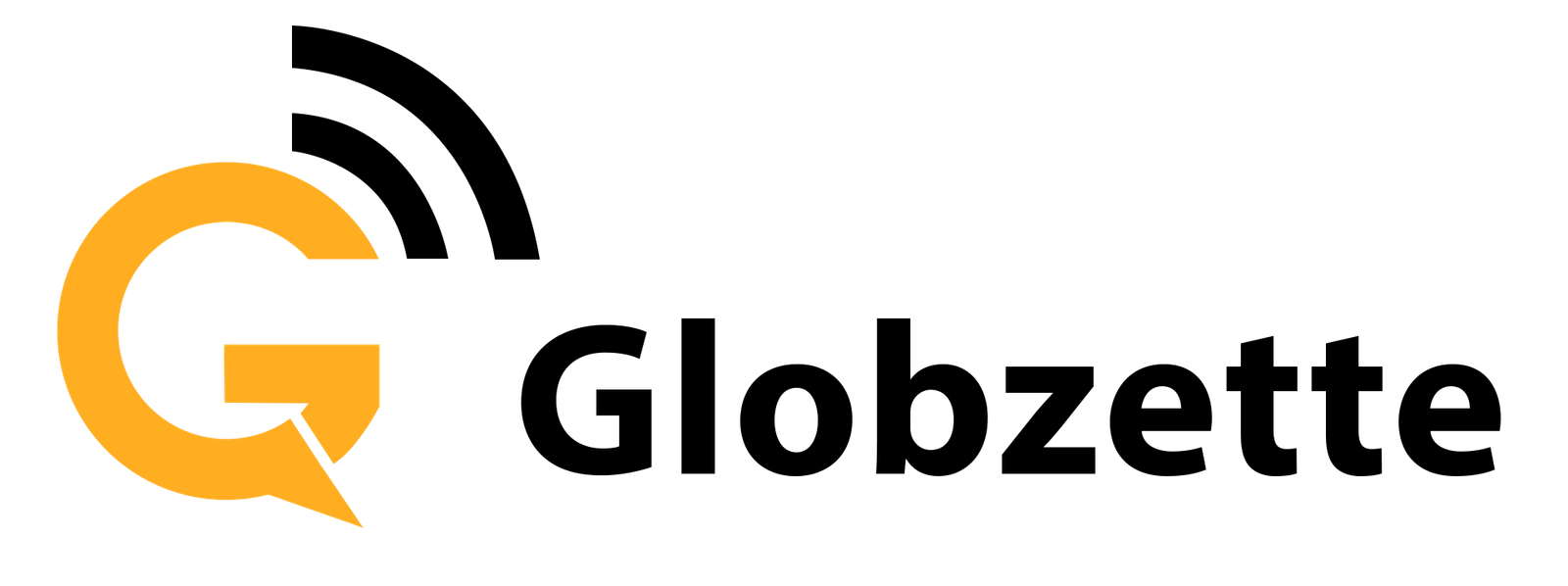Subsea cables form the backbone of world communication, transferring enormous volumes of internet data between nations. However, recent events involving broken Baltic Sea telecom cables have raised questions about their security. Organizations are now using fiber optic monitoring—a technology that can identify disturbances and protect these vital infrastructures—to counter any risks.
- The Mechanism of Fibre Optic Monitoring?
- Can Fibre Optic Monitoring Identify Various Threats?
- Can this technology track and recognize vessels?
- Does Fibre Optic Monitoring have any limitations?
- In what ways might government and military agencies respond?
- For fiber optic monitoring, what promises the future?
Essential conduits for the Internet, financial transactions, and government communications, these undersea cables extend thousands of miles over seas and oceans. Any disturbance can have broad effects, from slowing down internet connections to upsetting vital systems. Governments and businesses seek cutting-edge solutions to protect undersea networks, considering rising geopolitical tensions and possible hazards from natural events or sabotage. In this situation, fiber optic monitoring shows great potential since it provides real-time identification and analysis of underwater activity close to these important lines.
The Mechanism of Fibre Optic Monitoring?
Once, a diver in the North Sea came across a fiber optic cable on the seabed. His delicate touch immediately set out signals indicating distress. “He pauses and just touches the cable lightly; you see the signal,” said a worldwide sales manager from a German technological company.
This reaction results from acoustic energy passing through the fiber interfering with the signal, enabling businesses to track even the smallest interruptions. Authorities can use fiber optic monitoring to find hazards, including illegal divers, boats dragging anchors, or underwater drones approaching sensitive cables.
Fibre optic monitoring is based on light pulses passing through fiber optic strands. Affected by temperature, vibrations, or physical disturbances, small reflections occasionally bounce back along the line as these pulses pass. Constant analysis of these reflections helps the system spot any anomalies and notify security teams. Fibre optic monitoring is a great instrument in marine security and infrastructure protection since it allows one to trace minute disturbances.
Can Fibre Optic Monitoring Identify Various Threats?
Experts have conducted extensive studies, deploying ships, drones, and divers fitted with sea scooters to test the precision of fiber optic monitoring. These investigations showed that fiber optic signals allowed one to detect even a vessel losing its anchor.
The system analyzes the path of light pulses along fiber optic strands to operate. Any temperature change, vibration, or physical disruption along the cable modulates these pulses and sets off an alert. For instance, this device can detect a temperature change, indicating possible manipulation or natural displacement should a hidden cable suddenly become exposed.
One of the main benefits of this technology is its capacity to separate several sources of disruptions. It can distinguish regular marine activity—such as schools of fish or mild currents—from possible security concerns like ships running in restricted zones. Advanced software algorithms examine the data and give operators actionable intelligence, which they can then collaborate with marine authorities for a fast response.
Can this technology track and recognize vessels?
More than only sense movement, a buried fiber optic cable can identify the size, location, and direction of a vessel passing overhead. Authorities can ascertain whether a boat poses a hazard by cross-referencing this information with satellite images or an automated identification system (AIS) most ships utilize.
Some businesses, especially Dutch enterprises specialized in fiber optic monitoring, propose that offering an early warning system and establishing dedicated monitoring cables away from important infrastructure—such as ports, gas pipelines, or subsea cables—could improve security.
Illegal vessels near important underwater resources should often be alerted for more inquiry. Authorities can send patrols or drones to probe further if the found movement does not match the AIS records of any officially registered vessel. In areas where geopolitical concerns make subsea infrastructure a top target for either sabotage or espionage, this skill is very valuable.
Does Fibre Optic Monitoring have any limitations?
Fiber optic monitoring has limitations along with its benefits. Disturbances, for example, can only be heard within a particular range—usually hundreds of meters instead of many kilometers. To maintain accuracy, signal listening devices—sometimes called interrogators—must also be placed along a cable at intervals of about 100km (62 miles).
Another difficulty is that the physical hardening of subsea cables provides only meager defense. Although modern cables already feature metal casings and layers of armor wire, a purposefully pulled anchor can still do major damage. Although burying cables offers extra protection over long distances and deep seas, this approach becomes expensive.
One such restriction is that fiber optic monitoring cannot physically stop an attack even though it can identify abnormalities. The technology offers only real-time alarms; the speed and capacity of reaction teams will determine how effective these alerts are. Even the most sophisticated monitoring systems cannot stop damage if authorities cannot act quickly.
In what ways might government and military agencies respond?
In response to mounting concerns over underwater infrastructure, NATO has started “Baltic Sentry,” an operation that includes warships, aircraft, and drones monitoring the Baltic Sea. Furthermore, the European Union is acting to improve cable security. Since authorities cannot monitor every place simultaneously, combining fiber optic surveillance technology with fast-response systems can help strengthen security initiatives.
According to experts, timely alarms are necessary. “People truly need an early warning to decide what to do,” said the CEO of a top optical sensor company. Once a disturbance is identified, the main difficulty is how fast coastguards or military patrols can react to possible threats.
Including machine learning and artificial intelligence (AI) in fiber optic monitoring could improve its performance. By examining prior vessel movement, spotting suspicious activity, and issuing automated notifications to security teams, AI-powered analytics could assist in forecasting possible sabotage attempts. Governments are increasingly looking at AI-driven solutions to bolster their marine security systems.
For fiber optic monitoring, what promises the future?
More businesses are funding fiber optic monitoring systems as demand for subsea cable security rises. While some companies are doing trial projects in the Baltic Sea, others are now installing these devices in the North Sea.
Although subsea cables regularly have problems—usually 100–200 events annually—fiber optic monitoring provides a proactive means of spotting and stopping deliberate sabotage. With NATO, the EU, and commercial companies emphasizing underwater infrastructure, the future of world communications may depend more on this sophisticated monitoring equipment.
Besides security, fiber optic monitoring finds possible uses in disaster management and environmental protection. Early warnings for tsunamis or other natural disasters can also identify undersea landslides, seismic activity, and changes in ocean currents. Thus, this technology marks a means of military security and a move toward a more resilient and safer undersea environment.
Governments, telecom firms, and international organizations will invest heavily in fiber optic monitoring as cyber and physical hazards to global internet infrastructure grow. In the next few years, even more sophisticated forms of this technology could be seen, enhancing real-time monitoring, accuracy, and fast response capacity to keep the undersea communication arteries safe.








